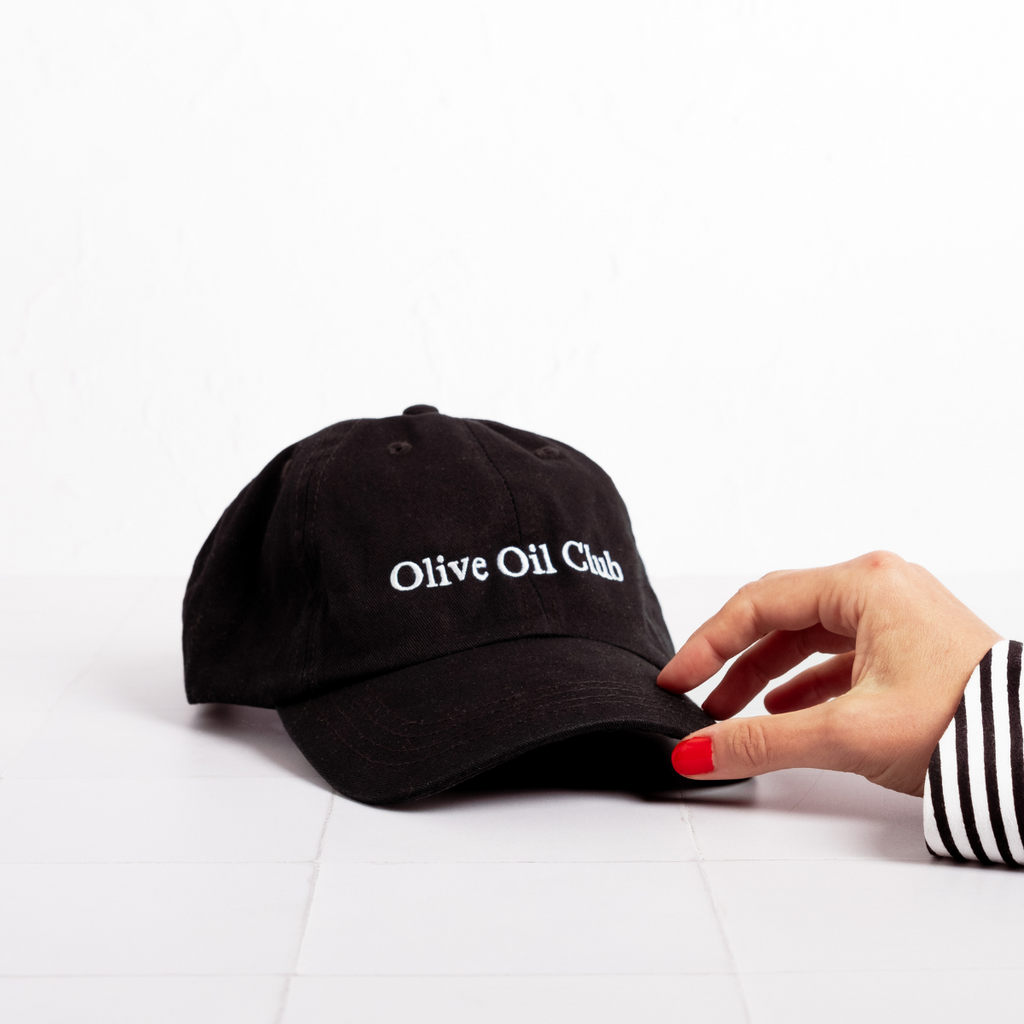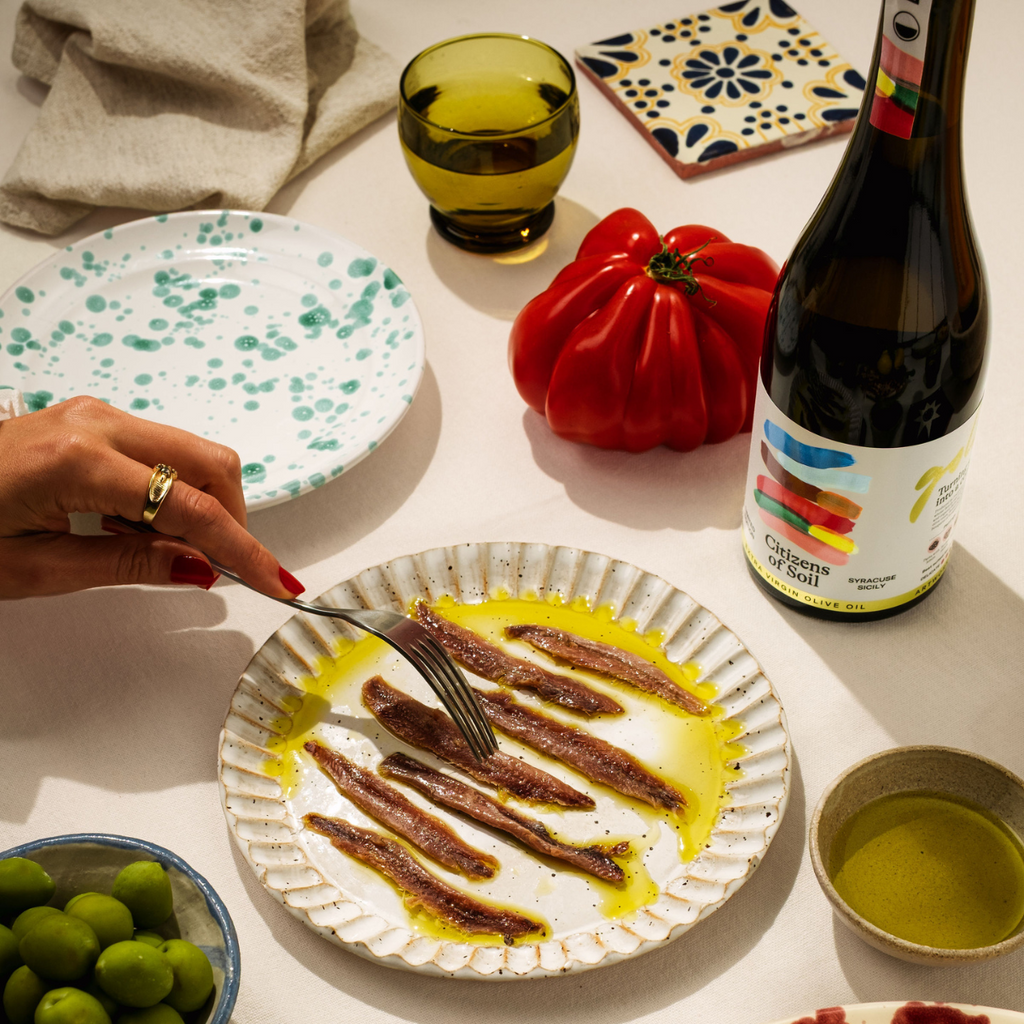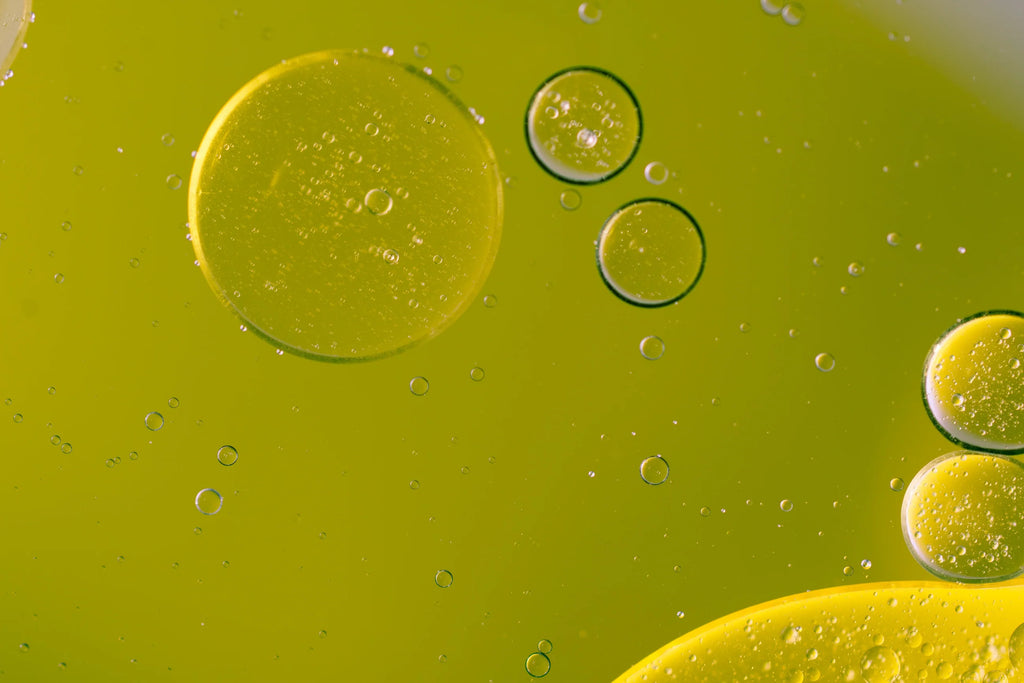What is 'cold pressed' olive oil? And is it the same as 'extra virgin'?
We get asked this all the time, and we get that it’s super confusing. So many brands talk a lot about their quality being centred around “cold pressing”—but in the case of a true extra virgin olive oil, you’re just stating what it is already by legal definition.
"Back when olive oil production was done with presses, the term described the first press of the fresh fruit. Now it's a meaningless buzzword emblazoned on bottles everywhere." —The Olive Oil Times
First, let's talk about the 'press'.
It's actually a common misunderstanding that people still use traditional olive oil presses. The best olive oils in the world today are cold extracted—still no heat or chemicals, but in a much more precise and hygienic way than the old press. Most brands these days do this using a clean, cool and continuous-cycle milling machine that removes (as much as possible) the enemies of extra virgin olive oil—namely light, heat and air.
But it's cold, right?
Sure. We're not applying any heat to our extra virgin olive oil, and neither is any brand following the rules.
The term "cold" is redundant when it comes to EVOO, and here's why: By definition, extra virgin olive oil cannot be extracted with heat. Using modern milling goes on to help keep that below 27 °C.
So why do people keep marketing their oil as 'cold pressed' or 'cold extracted'?
Some actually don't know the difference. Especially those disconnected from the actual supply chain and production, or who aren't watching the regulation in the main producing countries (e.g. Mediterranean countries under EU laws).
For others, it's a way to show some consistency in the language that other oils and juices use. That's because most people don't know that "extra virgin" by definition means it is (or should be!) done without heat.





















